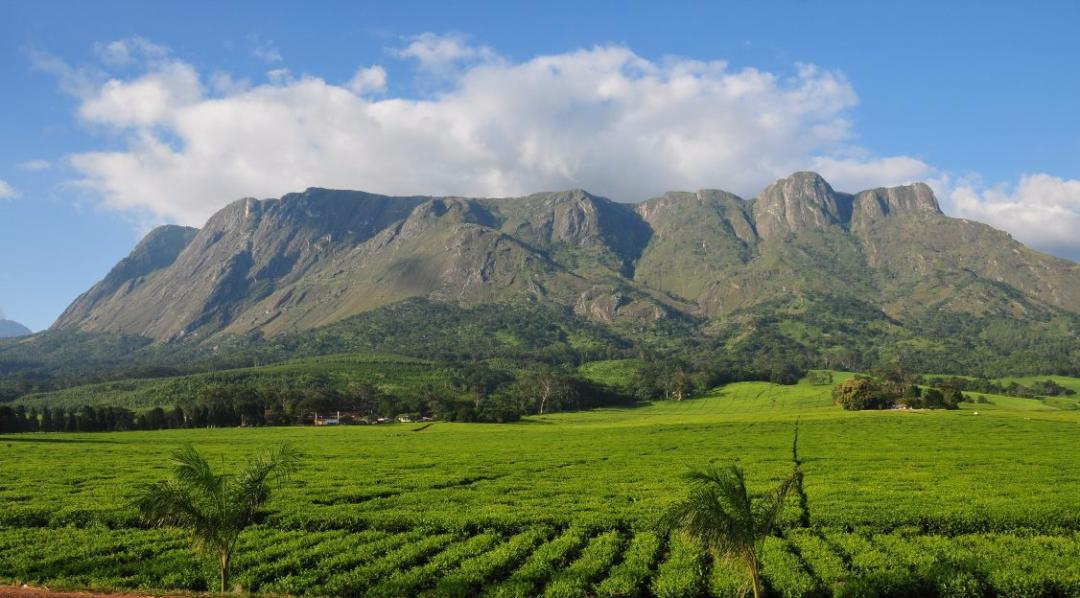
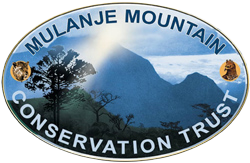
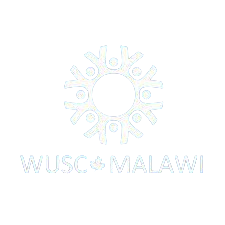
WUSC Public Engagement
20 March, 2022 11.25 (CAT)
Mount Mulanje Biosphere Reserve is under threat: As a global family, what can we do?
by: Fredrick Otieno, GIS Specialist

Mount Mulanje Biosphere Reserve (MMBR), recognized by UNESCO under Man and Biosphere Programme, is located between latitudes 15°50’ – 16°03’ South and longitudes 35°30’ – 35°47’ East in Malawi (Figure 1). The MBBR is endowed with rich biodiversity and uniquely, the home to endemic Mulanje Cedar (Widdringtonia whytei). The Mulanje Cedar is a high value timber tree which is durable, termite-proof and fungi-resistant, utilized in construction and wood carving providing an important income source to local communities.
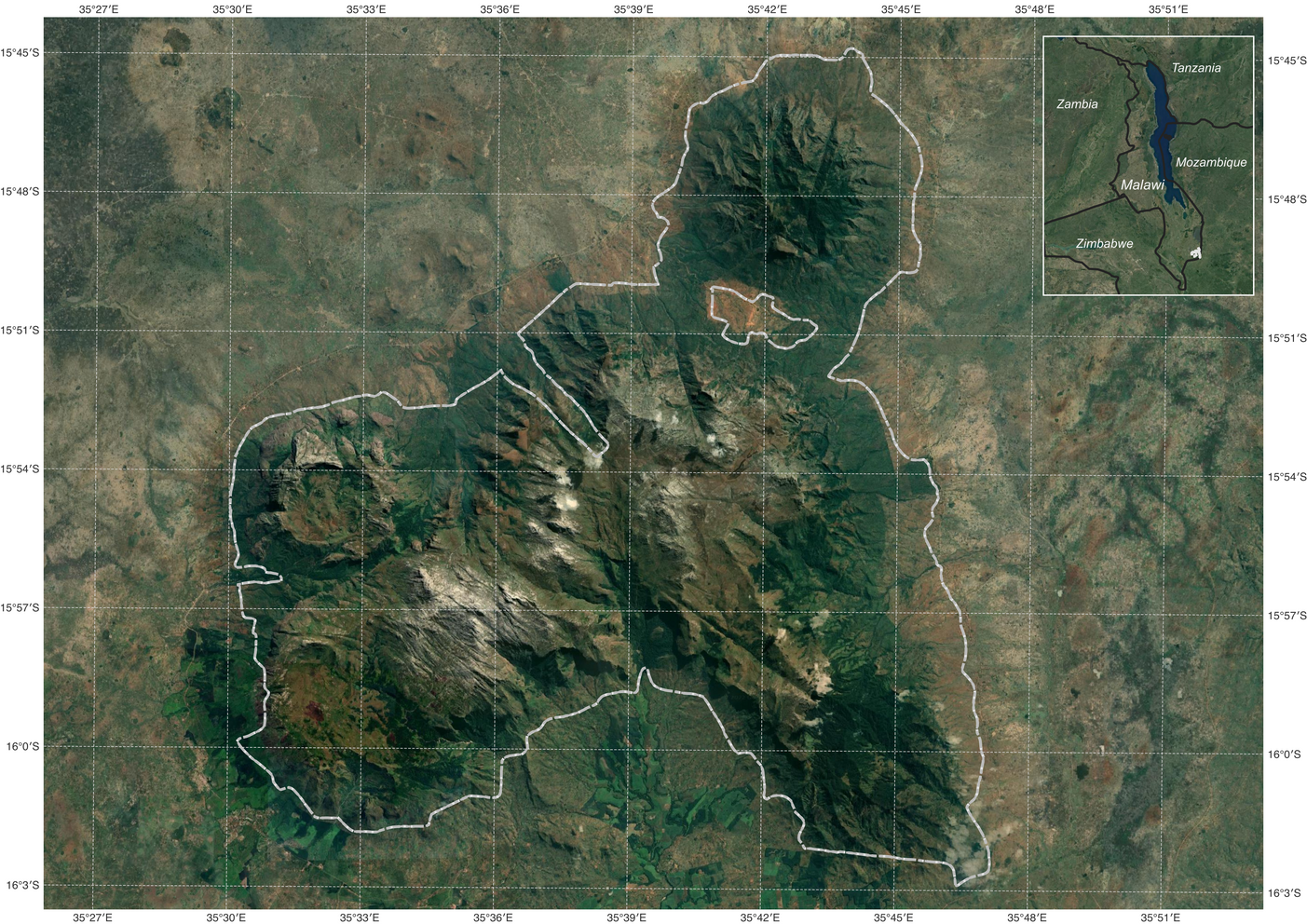
Figure 1: Mulanje Location
The importance of the MMBR to the people of Malawi cannot be overstated, especially so for the communities living around the Mountain and its forest and non-forest resources such as timber, firewood, honey, fruit, wild vegetables, medicinal plants, mushrooms, grass (for thatch and broom), wood for carving and wildlife. The Mountain also serves as the water catchment for the area with several rivers and streams serving as a vital water supply.
The Reserve is in a deteriorated state, the result of the anthropogenic fires, unsustainable and illegal forest harvesting, agricultural encroachment and climate change as documented in a Mulanje Mountain Conservation Trust (MMCT) Special Report (2019-2021). Increased Illegal timber sawing and charcoal burning have been reported, the result of its close proximity to cities like Blantyre (Nadarajah & Robert, 2014). The state of the environment report (Ministry of Natural Resources Energy and Environment, 2010) confirms alarming decline in forest cover in Malawi. An analysis of forest cover of the MMBR from Sentinel 2A satellite images reveals a remarkable decline of ≈7 ha between 2015-2022 (Figure 2 ).
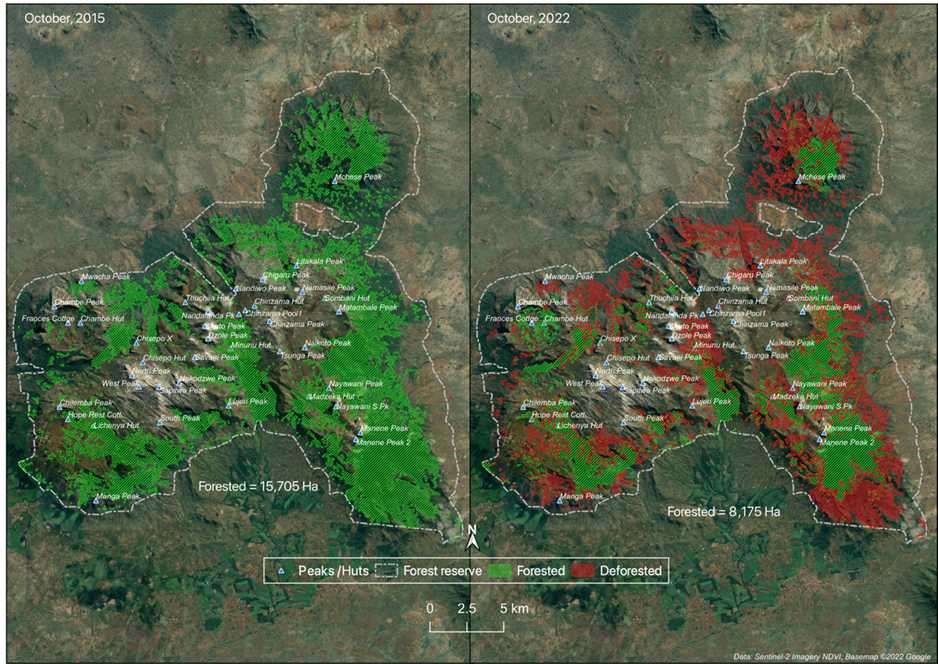
Figure 2: forest cover of MBBR between 2015 and 2022
A consequence of the degradation of the MMBR, the endemic Mulanje cedar is now listed as critically endangered on the IUCN Red List of Threatened Species. The surrounding communities are affected by a decline in forest resources upon which they depend for water, food and livelihoods. Some perennial rivers are experiencing intermittent flows (Nangoma & Nangoma, 2013), during the dry season, resulting in compromised access to water resources for domestic use. The downstream communities have also been impacted by frequent humanitarian disasters from an increased incidence of floods and flash floods exacerbated by the extensive deforestation (Government of Malawi, 2019). It is worth noting the high population density of the communities living around MMBR found in Mulanje and Phalombe districts estimated at 319 people per square kilometer in 2018 (Malawi National Statistical Office, 2019). Women and by extension girls, bear the heaviest burden of consequences, as they need to collect firewood and food from the forest reserve for cooking while also being victim to flood events at home, while performing domestic chores.
MMCT has a mission of conserving biodiversity, restoring eco-system services, fostering sustainable natural resource use and undertaking research towards sustainable management of the MMBR (MMCT, 2021). MMCT is in the process of a massive planting of Mulanje Cedar and other indigenous trees to restore the MMBR to its former state. In addition, it is engaging local communities in forest co-management agreements that will offer alternative livelihoods and sustainable resource use to further the case of restoration and conservation in the Reserve. MMCT has also pioneered the first micro-hydro projects in Malawi, to provide communities with electricity and the income diversification that it brings, as well as developing market-oriented products from forest resources that make use of traditional indigenous knowledge.
The challenges of the conservation and restoration of MMBR are not yet met and a lot remains to be done. The global community in the realm of environment and conservation should consider the worthy efforts that are being made and offer a helping hand to MMCT in implementing MMBR conservation and restoration efforts. In doing so, this will contribute to the improvement of livelihoods and the welfare of the surrounding communities including women and girls. Areas to be considered but not limited by include:
- Intensified reforestation, so as not to lose the unique Mulanje cedar, Malawi's National Tree.
- Removal of invasive alien species threatening biodiversity within the Mountain Reserve.
- Continuous maintenance of fire breaks and the deployment of permanent forest guards to protect the reserve from the wanton cutting of trees.
- Diversification of the use of the Reserve's resources, as well as community livelihoods.
- Scientific research on biodiversity and conservation vis-à-vis socioeconomic and climate change dynamics to generate actionable recommendations.
Consider supporting the conservation and restoration actions within the Mount Mulanje Biosphere Reserve. There is no support that is too little. We are looking forward to hearing from you. Please contact carl@mountmulanje.org.mw
REFERENCES
- Government of Malawi. (2019). Malawi 2019 Floods Post Disaster Needs Assessment (PDNA). https://www.unicef.org/malawi/media/1756/file/Malawi 2019 Floods Post Disaster Needs Assessment Report.pdf
- Malawi National Statistical Office. (2019). 2018 Malawi Population and Housing.
- Ministry of Natural Resources Energy and Environment. (2010). Malawi State of Environment and Outlook Report.
- MMCT. (2021). STRATEGIC PLAN 2021 - 2026.
- Nadarajah, S., & Robert, P. G. K. (2014). End Review of the Mulanje Mountain Biodiversity Conservation Project. https://foodsofnorway.net/download/file/fid/10253
- Nangoma, D., & Nangoma, E. (2013). Climate change and adaptation strategies: a case study of the Mulanje Mountain Forest Reserve and its surroundings.